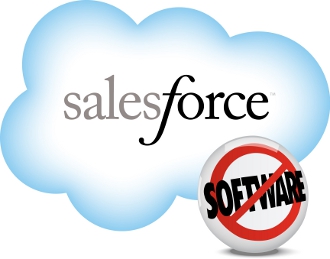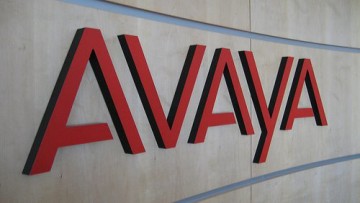 Cisco Systems’ purchase of London-based startup Acano might be part of a cunning plan to get deeper into bed with Microsoft.
Cisco Systems’ purchase of London-based startup Acano might be part of a cunning plan to get deeper into bed with Microsoft.
For those who came in late, Acano makes Microsoft Skype for Business, Lync 2013 and Office 365, for $700 million. The deal is good news for Cisco partners who can suddenly offer a closer collaboration with Vole as part of the deal.
This is a change of tactics. A few years ago Cisco was determined to beat Microsoft, now it appears it wants to integrate its offerings. It would appear that trying to beat Microsoft on the collaboration and unified communications front didn’t work.
Now the cunning plan is to interoperating with Vole and create a better ecosystem that Cisco then can drive.
The use of Microsoft office is increasing so it makes more sense to go with the flow rather than work against it.
Cisco and Microsoft signed a three-year agreement in 2014 to drive deeper integration across their data centre portfolios and jointly market their technology. Earlier this year, the two companies introduced Cisco Cloud Architecture for the Microsoft Cloud Platform, which integrates Cisco’s ACI with Microsoft’s Windows Azure Pack to help cloud providers more quickly deliver hybrid cloud services while simplifying operations and cutting costs.
Acano was founded in 2012 by former Cisco executives and provides hardware and software including gateways and video and audio bridging technology that allows customers to connect video systems from multiple vendors across both cloud and hybrid environments.
Rob Salvagno, vice president of Cisco’s Corporate Business Development wrote in the company’s bog that Acano will help Cisco expand the interoperability and scalability of its collaboration portfolio.
“This would allowing customers to connect from anywhere, from a browser on a mobile device to the corporate boardroom, and now scaling to easily connect thousands of users across an organisation,” he wrote.


















